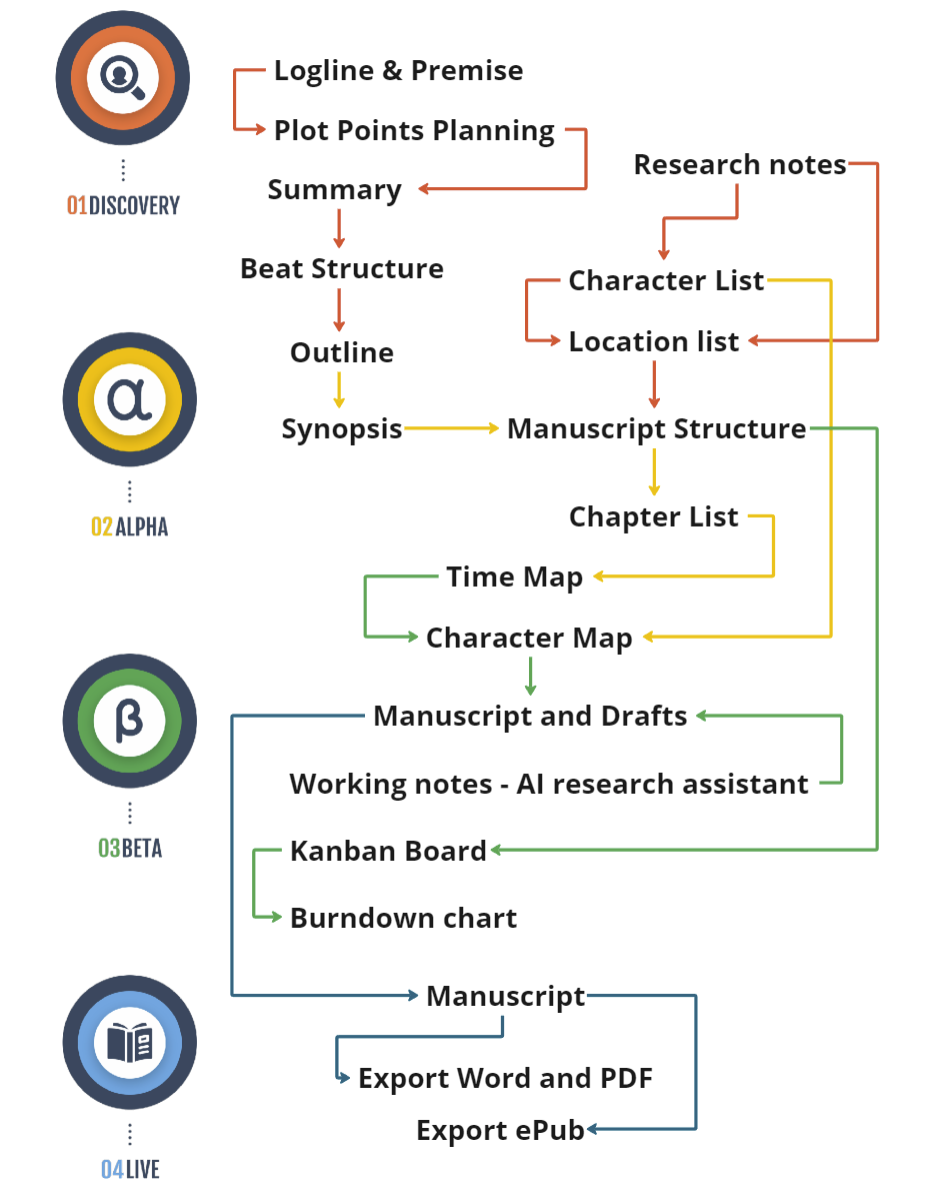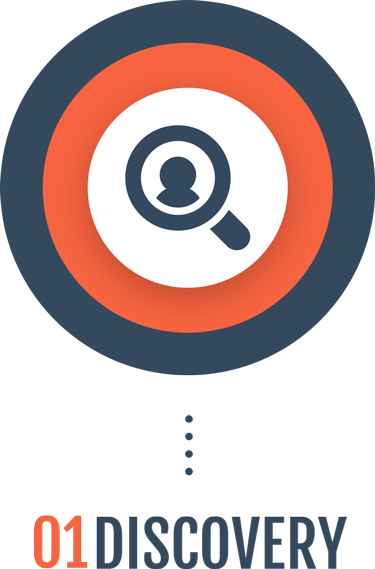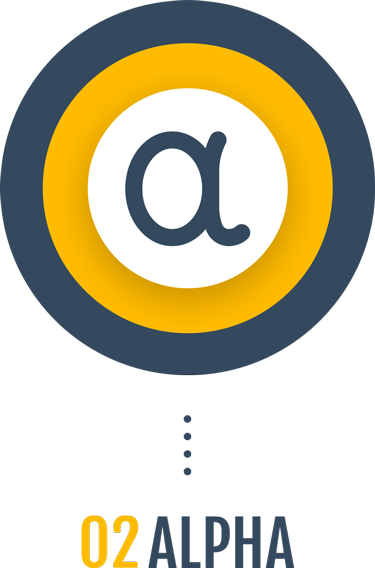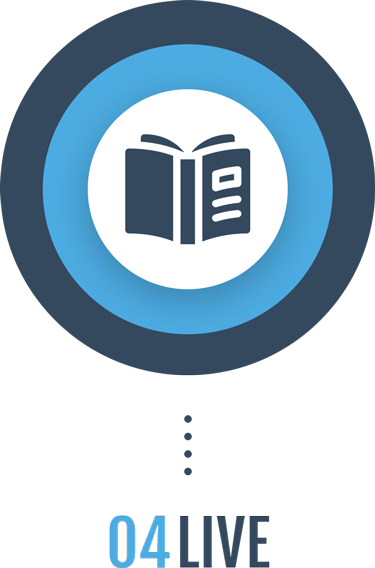How It Works
The First Product Management Platform and Novel Writing Software for Authors.

Why product management matters:
Human activities, writing included, have constraints – limiting factors – that impact your work and the result. The writing process and ideas are yours, but you can improve how you do it with our product management platform.
Let’s make it simple. Four words: Quality, Time, Cost, Scope.
- The quality of your writing is the most important constraint, and all the others are affecting it. To assure quality is met, you need to follow planned and systematic activities in your writing.
- Time is a priceless and finite resource. Our research into increasing writing efficiency combined with your wisdom and previous writing performance will empower you to use the daily Kanban planning to stick with your deadline.
- The cost of a book is the value of your work hours put into research, planning, writing, creating eBooks as well as the price of editing, publishing, and marketing. We will get to all of this, but for now we can offer you the tools to get your book ready from idea to ePub for a price starting from $6.75 per month (paid annually).
- The scope of your project is to write a book. All the work you put into it must be optimized as much as possible. It is helpful to have analytics and product management tools that will help to decide what is and what shouldn’t be part of your daily writing.


Discovery - research what you want to write
Create a new project
You can create your book project from scratch or use a template. Set your planned Start Date and Finish Date to activate the project management features.
Research Notes
Gather all your notes about your story and the research you do. Use it not only for your story but also to create content for blog posts and other marketing materials you will use to promote your book.
Characters
Often writers start their novel by creating the characters and establishing their main Characteristic, Need, and Motivation.
Locations
List and detail all the locations where your story happens. Use the Sensory Description mapping to gain insight and perspective into location’ description.
Logline & Premise
This is when your idea grows into something different. As Larry Brooks says in Story Engineering: “A concept, it could be said — and it should be viewed this way — is something that asks a question. The answer to the question is your story. A premise is a concept that has brought character into the mix.”
Timeline Summary
Every story has a beginning, a middle, and an end. Set the Scenes that will become your plot points. It will help you pace your story and minimize rewrites.
Summary
Use the Scene’s description from Timeline Summary to create the summary of your story. This is Where your premise gains consistency.

Alpha - start planning. Create your outline, synopsis, and manuscript structure.
Here’s a short list of planning elements which will make your work easier:
Outline
“The Outline describes WHAT happens WHEN and to WHOM…” – Nina Munteanu – The Fiction Writer: Get Published, Write Now!
Synopsis
“The Outline describes WHAT happens WHEN and to WHOM, while the Synopsis includes the WHY.” – Nina Munteanu – The Fiction Writer: Get Published, Write Now!
Manuscript Structure
Change the order or location of your Scenes. Also you can edit Scene’s description in the same page if your story goes in a different direction.
Chapter List
Chapter List offers you a detailed view over the Chapters you create and the allocated Scenes for every Chapter with direct access to edit function.
Time Map
Useful timeline of how the period in which your story develops intersects with the lives of your characters.

Beta - just write
Having an idea is are easy. Executing on ideas requires dedication and perseverance.
Manuscript
Write your book Scene by Scene and use the Kanban Card feature to focus only on your Work-in-Progress.
Kanban Board
Kanban is the right and easy-to-use project methodology for those writers that want to have easy access anywhere to write, be productive and be able to manage better their time.
The daily planning. Every day you decide on a maximum of 5 scenes you will write on that day. Usually that means a maximum of 4-5000 words, which is more than most people write in a day. Once you set your Doing column, you just have to write only on those scenes and focus on finishing what you started by the end of the day.
Project Status and Burndown Chart
Relevant information about your project in a one page analytics dashboard.
The Burndown Chart provides real-time status of your progress. It provides you every day with not only a word count, but also info about how much you should write everyday so you can finish in time. This chart works for you and has a daily very important message: “You will not finish your book on time” or “Congratulations! You will finish your book before deadline.”

It's time! Create your eBook. Start the next one.
Export
Save and export your project, full content or just the manuscript.
The best part is that you can export your book in eBook format (more digital and print on demand formats coming) with one click and have it ready to submit to any online publisher or convert in Mobi format for Amazon.
Concierge Help Desk
Use our internal Service Desk to access the Knowledge base as well as to ask questions or suggest improvements that will help the platform fulfill your needs. We’re friendly and here to help.
This is it!
Create your novel, from premise to final draft. Use the writing software to do all the effective story planning you need: logline, synopsis, timeline, chapters, scenes, analytics – from word count to graphic timelines and character’s map. Better time management, effective story planning, and useful analytics.
Ready to write and publish your book?
We have the tools you need to transform your idea into a book and have it ePub-ready for publication.


